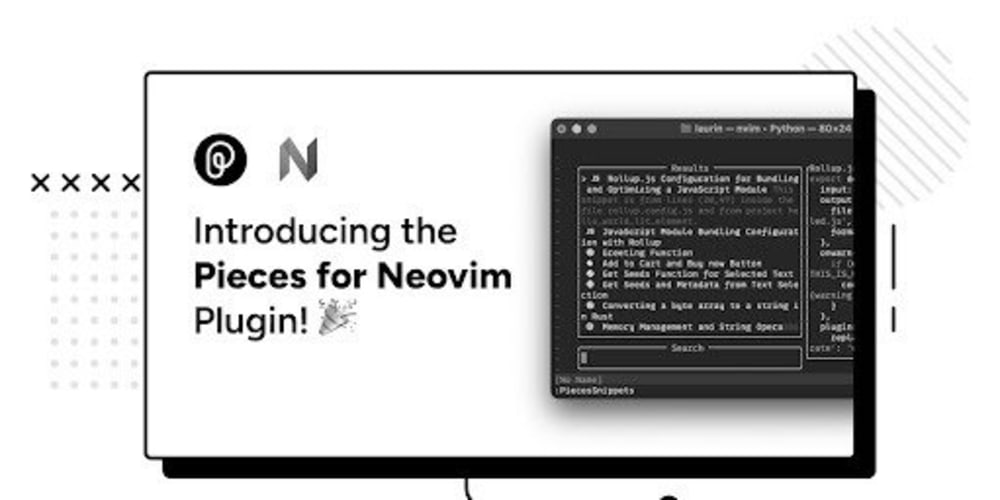<!DOCTYPE html>
Advanced GraphQL Queries and Mutations
<br> body {<br> font-family: Arial, sans-serif;<br> line-height: 1.6;<br> margin: 0;<br> padding: 0;<br> }</p> <div class="highlight"><pre class="highlight plaintext"><code>h1, h2, h3 { margin-bottom: 1rem; } code { font-family: monospace; background-color: #f0f0f0; padding: 0.2rem; border-radius: 3px; } pre { background-color: #f0f0f0; padding: 1rem; border-radius: 3px; overflow-x: auto; } .container { max-width: 800px; margin: 0 auto; padding: 2rem; } img { max-width: 100%; height: auto; display: block; margin: 2rem auto; } </code></pre></div> <p>
Advanced GraphQL Queries and Mutations
Introduction
GraphQL, a query language for APIs, has rapidly gained popularity for its flexibility and efficiency. It allows clients to fetch precisely the data they need, eliminating over-fetching and under-fetching problems common in traditional REST APIs. This article delves into advanced GraphQL queries and mutations, exploring powerful techniques to optimize data retrieval and manipulation.
Deep Dive into Advanced Concepts
1. Nested Queries
GraphQL's ability to nest queries is a cornerstone of its power. Nested queries allow you to structure data relationships efficiently, fetching related information in a single request. Here's an example:
query {
user(id: 1) {
name
posts {
title
content
}
}
}
This query retrieves user details along with their associated posts. The
posts
field is nested within the
user
field, demonstrating the power of nested queries.
2. Fragments
GraphQL fragments are reusable query units that can be shared across multiple queries. They help reduce code duplication and improve maintainability. Consider the following:
fragment UserDetails on User {
name
}query GetUsers { users { ...UserDetails } } query GetUserById { user(id: 1) { ...UserDetails } } </code> </pre>
The
UserDetails
fragment defines the fields
name
and
, which are then included in both
GetUsers
and
GetUserById
queries. This promotes code reusability.
3. Directives
Directives provide a way to modify the behavior of GraphQL queries and mutations. These special annotations can alter data retrieval, field selection, or execution flow.
3.1. @include
The
@include
directive conditionally includes fields in a query based on a boolean expression.
query {
user(id: 1) {
name
posts @include(if: $showPosts) {
title
content
}
}
}
Here, the
posts
field is only included if the
$showPosts
variable is set to
true
.
3.2. @skip
The
@skip
directive conditionally skips fields based on a boolean expression.
query {
user(id: 1) {
name
address @skip(if: $hideAddress)
}
}
The
address
field is skipped if the
$hideAddress
variable is set to
true
.
4. Mutations
Mutations are used to modify data in the GraphQL server. They are similar to POST, PUT, and DELETE operations in REST APIs.
mutation CreateUser($name: String!, $email: String!) {
createUser(name: $name, email: $email) {
id
name
}
}
This mutation creates a new user with the specified name and email. The
createUser
field represents the mutation, and arguments are passed using variables.
5. Input Types
Input types in GraphQL allow you to define specific structures for mutation arguments, improving code organization and data validation. Consider this example:
input CreateUserInput {
name: String!
email: String!
}mutation CreateUser($input: CreateUserInput!) { createUser(input: $input) { id name email } } </code> </pre>
The
CreateUserInput
type defines the structure of the input argument for the
createUser
mutation. This ensures that the input data adheres to the defined schema.
6. Unions
Unions in GraphQL allow you to represent a field that can hold one of several different types. This is useful for scenarios where the type of data returned depends on the context.
union SearchResult = User | Postquery Search($query: String!) { search(query: $query) { ... on User { name email } ... on Post { title content } } } </code> </pre>
The
SearchResult
union can be either a
User
or a
Post
. The
... on
directive specifies the specific type being returned, allowing you to handle the different possibilities.
7. Interfaces
Interfaces in GraphQL define a set of common fields that must be implemented by types implementing the interface. They promote code reuse and enforce a consistent structure for related entities.
interface Node {
id: ID!
}type User implements Node { id: ID! name: String! email: String! } type Post implements Node { id: ID! title: String! content: String! } </code> </pre>
The
Node
interface defines the
id
field. Both
User
and
Post
types implement the interface, ensuring they both have the
id
field.
8. Pagination
Pagination is crucial for handling large datasets efficiently. GraphQL offers flexible pagination strategies, typically implemented using arguments like
first
,
last
,
before
, and
after
.
query {
posts(first: 10, after: "cursorValue") {
edges {
node {
title
content
}
}
pageInfo {
hasNextPage
endCursor
}
}
}
This query fetches the first 10 posts, starting from a specific cursor. The
pageInfo
field provides information for further pagination.
Examples
Example 1: Fetching User Details and Posts with Nested Queries
Let's retrieve user details and their associated posts using a nested query:
query {
user(id: 1) {
name
posts {
title
content
}
}
}
Example 2: Using Fragments for Code Reusability
This example demonstrates how fragments can be used to reduce code duplication:
fragment UserDetails on User {
name
}query GetUsers { users { ...UserDetails } } query GetUserById { user(id: 1) { ...UserDetails } } </code> </pre>
Example 3: Creating a User with Mutation
This mutation creates a new user with the specified name and email:
mutation CreateUser($name: String!, $email: String!) {
createUser(name: $name, email: $email) {
id
name
}
}
Conclusion
Advanced GraphQL queries and mutations empower developers to retrieve and manipulate data with precision and efficiency. By leveraging nested queries, fragments, directives, input types, unions, interfaces, and pagination, you can create powerful, flexible, and maintainable GraphQL APIs.
Remember to adhere to best practices, including:
- Designing a robust and intuitive schema.
- Leveraging directives strategically to improve query behavior.
- Implementing pagination for efficient handling of large datasets.
- Optimizing query execution for performance.
By mastering these advanced techniques, you can unlock the full potential of GraphQL, building APIs that are both powerful and user-friendly.


















